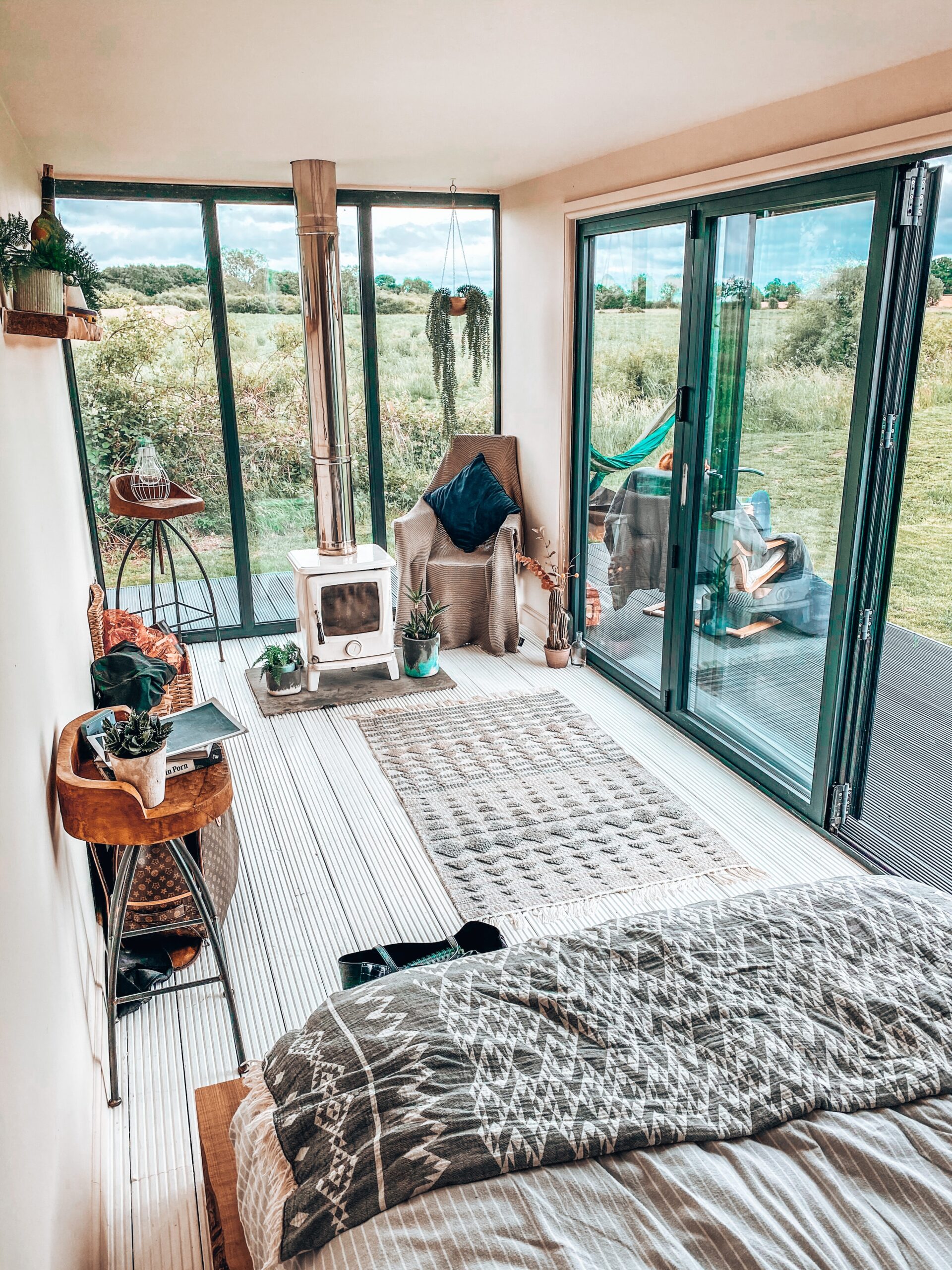
When it comes to container homes versus regular residences, there are numerous advantages and disadvantages. Traditional dwelling may be found all around Ghana and West Africa and has been the preferred construction type for many years. Container homes are a relatively new architectural concept that is rapidly gaining favor.
When a converted steel shipping container used for moving goods on trains, trucks, and ships is converted into a liveable and useable area, it is known as a container house or office space. These shipping containers can be used to construct structures of many shapes and sizes.
Architects, builders, and homeowners are split on the benefits and drawbacks of both container homes and regular houses. The advantages and disadvantages of both types of construction will be discussed in this essay.
CONSTRUCTION COST
When it comes to typical housing, there are relatively few fixed prices, which makes budgeting much more difficult. Only delivery to the site, site preparation, foundations, assembly, and utility connections are variable expenditures in a container conversion. When compared to regular accommodation, this is a significant savings.
Because they require fewer building materials and labor to create, shipping container homes are often less expensive than traditional houses. Container conversions also feature more predictable costs because the majority of the work is done for a set fee on a manufacturing floor.
TIME FRAME
Prefabricated modular homes are available for many shipping container dwellings, reducing building time. In addition, most building code inspections can be completed at the plant, shortening the time frame even more.
Container homes are so faster to build and have a more predictable timeframe than traditional houses. A shipping container home can be built in as little as a month by some contractors, whereas standard brick and mortar structures take an average of 4 to 6 months to construct.
ARCHITECTURAL DIFFERENCES
When it comes to container home designs, there are several architectural constraints. Because shipping container constructions are composed of strong steel and are used to move products, they lack the necessary amenities for a regular living area. A shipping container’s structural integrity can be jeopardized by gaps in the doors and windows, as well as dampness, whereas typical housing has significantly fewer structural constraints and restrictions.
ENVIRONMENTAL IMPACT
Although recycling shipping containers by using them as building blocks is a good idea, the environmental impact of these dwellings is significantly more than it appears at first look. The majority of factory-built container homes are made from ‘one-use’ containers, which have only been used for a single voyage.
In comparison to containers that have gone ‘out-of-service’ and may be damaged following years of usage, these containers tend to be in good condition, making them perfect for construction with. However, removing a container with a long shipping life from service after only one use is not effective recycling.
The entire container must be sandblasted, the flooring replaced or sealed, and all the apertures must be cut with a torch before becoming habitable. Because of the carbon emissions related with transportation and assembly, a container home is not always a more environmentally responsible option than a traditional structure. However, we must remember that typical building construction and restoration consume valuable natural resources, while poorly designed and constructed structures consume more energy, increasing the demand for energy production and contributing to global warming.

Like a typical home, a well-maintained shipping container conversion can preserve its resale value. Converted shipping containers are also very straightforward to resell because they are not tied to a certain place and can be placed onto a truck and delivered practically anywhere. A shipping container home, like a traditional home, is a smart long-term investment because they can endure up to 50 years. They are also a safe investment, since they are quite acceptable to insurers due to the structural integrity of a container, adequate security systems, and their anti-leak roof structure, just like a traditional home.
We hope that our analysis has offered a thorough comparison of container conversions to standard houses. There are significant distinctions between the two housing types, with each having its own set of advantages and disadvantages.

